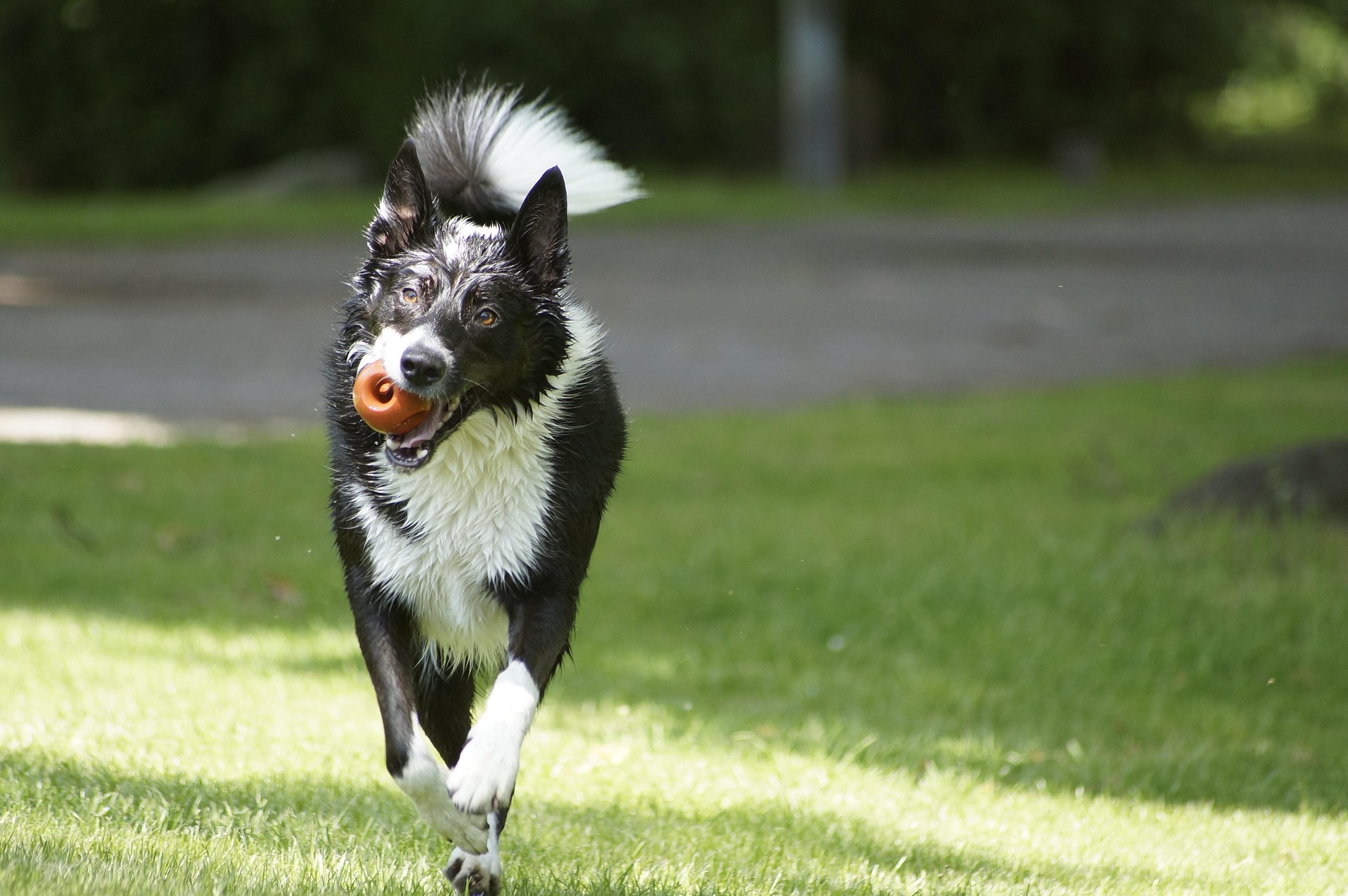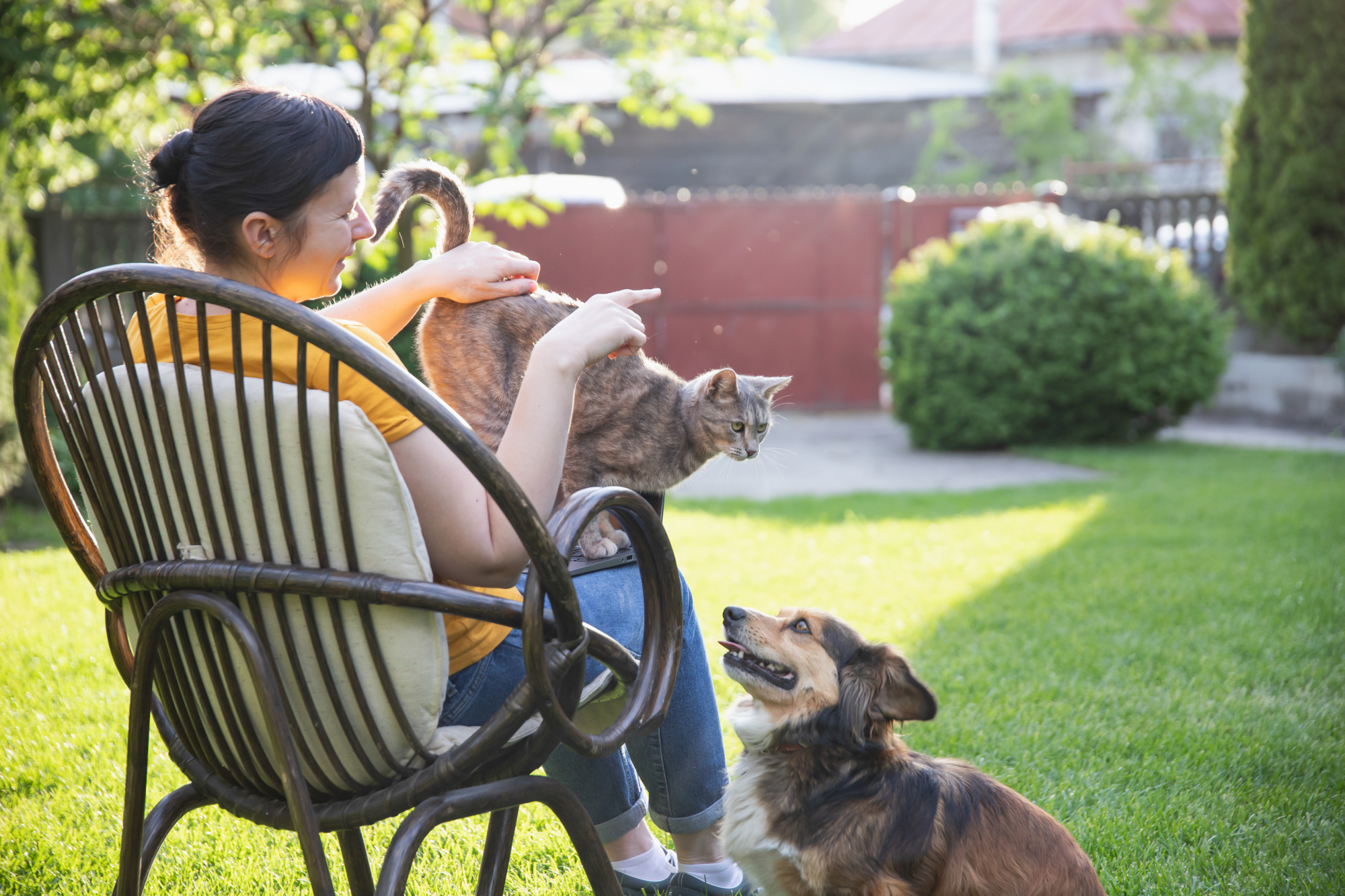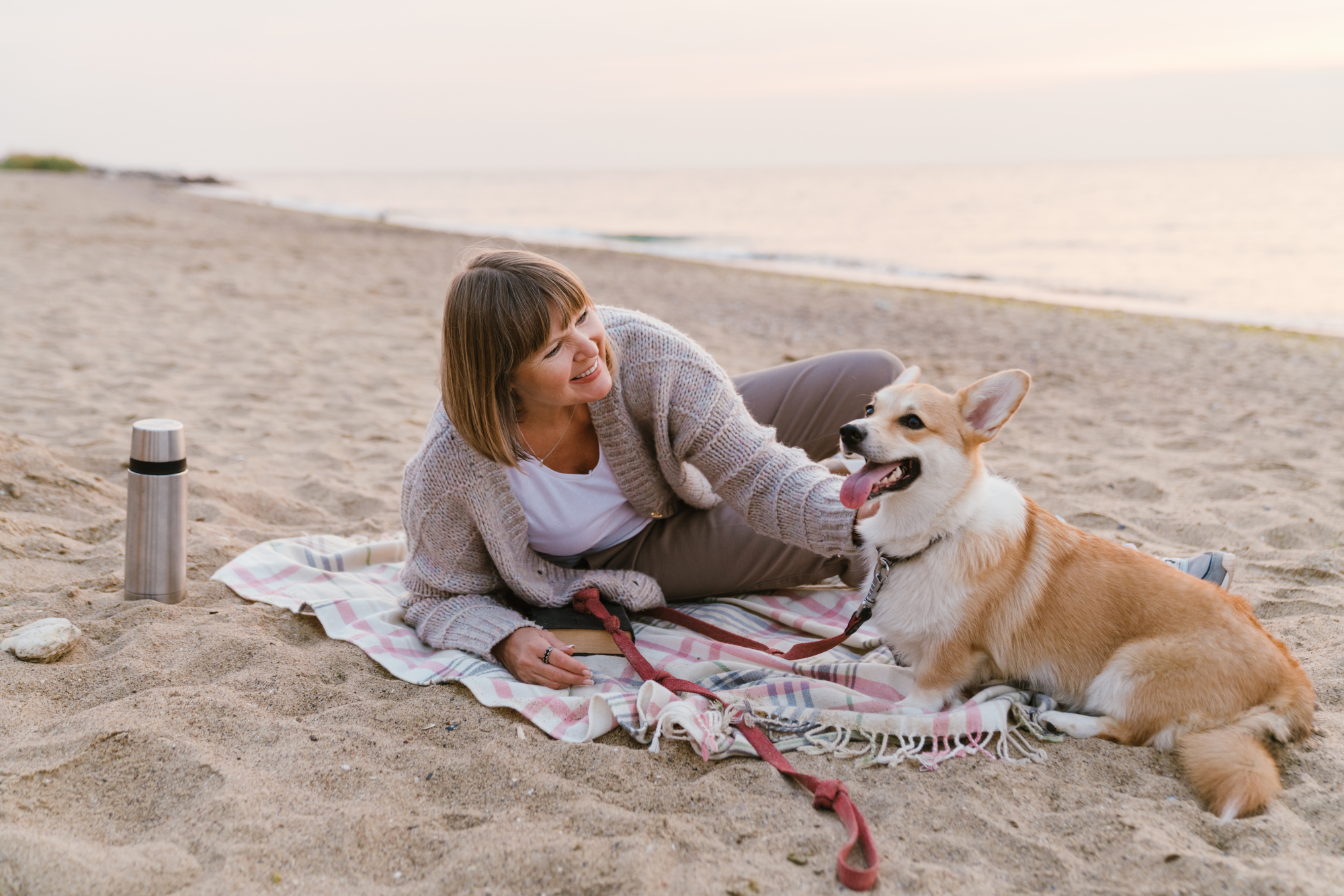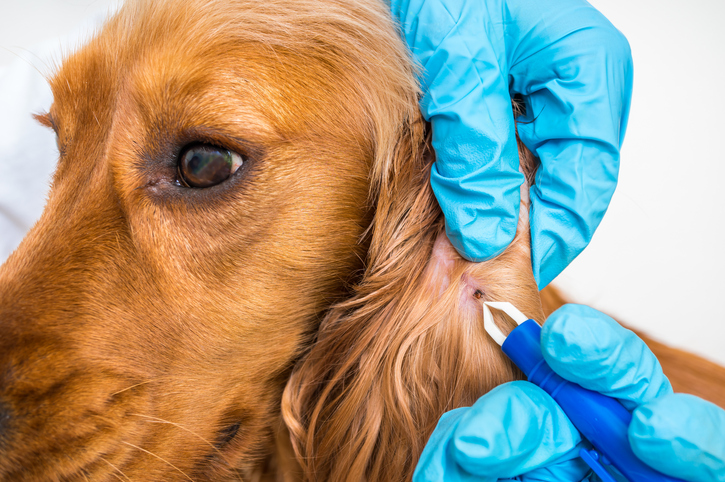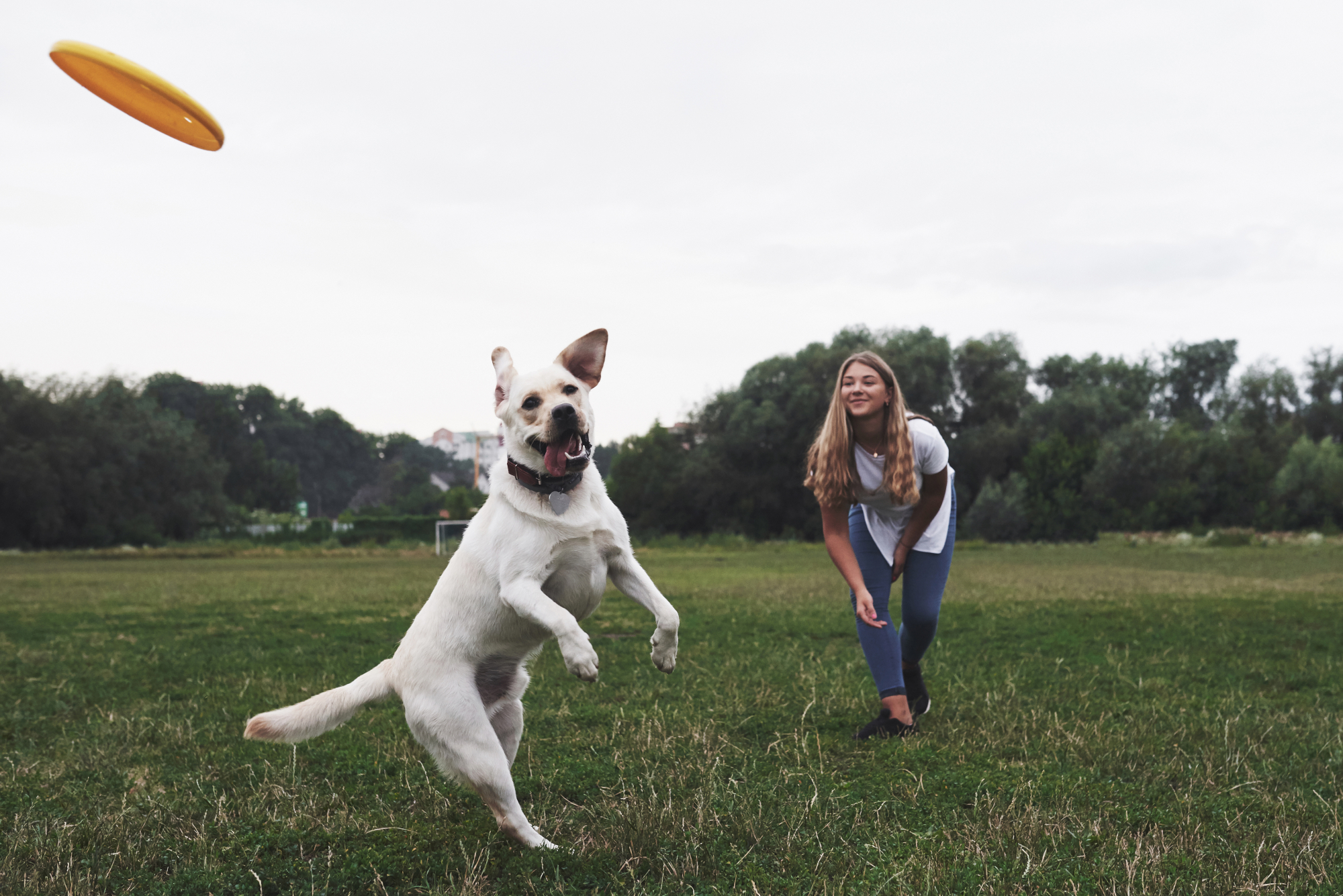Has your dog been smelling less like their typical dog smell and more stinky? When you first realize your dog’s emitting a bad smell, it’s natural to feel a little wary of their cuddles, and even concerned for their well-being! However, there are several causes for a bad smell, and you can do something about it besides bathing your pup over and over again.
The first step is to understand the many reasons dogs develop a bad smell. From there, take note of the sources and learn to recognize the symptoms your dog is exhibiting. Once you know the possible causes, and in certain cases received help from your dog’s veterinarian, you will be able to prevent and better manage the smell.
Problems, Symptoms, and Treatments for Your Dog’s Bad Smell
1. Skin Issues
Skin problems can range from canine seborrhea (oily skin with dandruff), a hormone imbalance, a fungus, parasites, scratches or bites that become infected, or moist skin folds that become a site for bacterial growth.
- Symptoms – One of the first signs of skin issues is a smell that might be rancid, or musty, or like stinky cheese, followed by your dog’s excessive scratching and/or licking, a rash, flaking skin, or thinning hair.
- Treatments – For any skin problems it’s best you consult with your dog’s veterinarian for a proper diagnosis. As there are so many possible causes of skin issues, the treatments can vary from one condition to another. This may include external and/or internal medication for infections, to treatments for parasites or a fungus, to a change in diet, or for problems related to hormone imbalances. Skin folds, especially for bulldogs, pugs, or any dog with overlapping folds, need careful and regular cleaning to keep them clean and dry. Your dog needs to be bathed often enough to keep the skin and hair and skin folds smelling sweet, but not so often that there is not enough natural oil to prevent skin irritations. Your veterinarian can advise you on how much is too much or not enough.
2. Ear Infections
Bacterial infections can be caused by a lack of ear cleanliness and too much wax, or because there is a lot of hair in and around your dog’s ears which keeps them from drying out easily—and your dog loves splashing in the water!
- Symptoms – A light, yeasty smell usually means your dog’s ears need cleaning, however an ear infection is indicated by a really strong, unpleasant smell. Your dog may also start shaking their head more so than usual.
- Treatments – An ear infection requires serious attention. You will need to take your dog to their veterinarian right away so that the infection can be properly addressed.
3. Bad Breath
Your dog’s bad breath should never be ignored. It may be caused by a dental problem, such as a build-up of heavy tartar, a dental infection, or periodontal (gum) disease. Any of these problems are not only painful, but can also they can lead to more serious mouth infections. Bad breath in dogs can also indicate gastrointestinal issues, liver or kidney problems, or diabetes.
- Symptoms – As well as bad breath, a dog with dental or mouth problems may have red or bleeding gums. Teeth might become loose and dogs may shy away from having their heads touched.
- Treatments – You should take your dog to the vet to see if the bad breath is coupled with dental or gum disease. If so, your veterinarian can help solve the problem. If not, your veterinarian will test for other problems, which may require other treatments.
4. Yeast Infections
An overgrowth of yeast is a fairly common problem for dogs. Yeast causes a pungent, musty smell that will remind you of moldy bread or cheese, and can result in ear problems, stinky paws, and smelly skin.
- Symptoms – As well as the yeasty smell, itchy paws, itchy ears, and butt scooting—because of an itchy butt—are the usual signs of a yeast infection in dogs.
- Treatments – Yeast fungi are opportunistic infections that can occur on your pet’s paws, ears, or skin folds. A yeast infection usually indicates an underlying problem that creates inflammation of the skin. Your veterinarian can prescribe the best treatment.
5. Gas Problems
A big increase in the normal amount of gas that your dog expels—flatulence—and an increase in burping and gurgling usually indicates an intestinal problem, which may be caused by various foods or from an inflammatory bowel disease.
- Symptoms – There are breeds of dogs with flat noses, such as bulldogs, pugs, and boxers, that are well-known for gas issues because the structure of their faces causes them to draw in a lot of air when they are eating, which leads to an excess of air in their digestive systems. However, if gas increases in frequency and intensity in any breed, there may be bowel issues to address.
- Treatments – It is best to consult your veterinarian to see if your dog is experiencing an irritated bowel problem and to recommend the best diet for their breed.
6. Anal Glands
Impacted anal glands, which are located on both sides of your dog’s rectum, cause a smell like rotting fish that won’t go away with bathing. These glands contain an oily secretion that is released during your dog’s bowel movements.
- Symptoms – If the glands become infected or filled with thicker secretions than usual, they can’t be emptied fully. The extremely foul smell will be left on your dog’s bed, blankets, and anywhere he or she sleeps or rests.
- Treatments – Your veterinarian can empty these glands to bring relief to your dog and will suggest dietary changes to reduce sensitivities to foods that are causing the problem.
7. Urinary Tract Infections
Just as humans can develop urinary tract or bladder infections, dogs can too and they are just as big an issue for dogs as they are for us.
- Symptoms – Your dog may smell like urine more often. They may also want to go outside more frequently, drink more water than usual, and may show signs of straining or pain when urinating. In some cases there may be blood in the urine.
- Treatments – Your veterinarian will check your dog for infections, kidney stones, and diabetes, and will recommend the appropriate treatment to deal with the pain and the problem.
8. Inadequate Grooming
If your dog isn’t bathed and brushed often enough, your pooch will carry the smell of everything smelly in which they’ve rolled in, run through, and overall come into contact with. Rolling is a natural behaviour and not one your dog does to irritate you on purpose.
- Symptoms – The smell will be unpleasant, such as the smell of feces, and changes from one day to the next depending on where your dog has been.
- Treatments – A good dog-friendly shampoo will remove these smells. Don’t forget to give your dog a daily brushing in between baths! Brushing removes dandruff, dirt, and even the smelly particles in your dog’s hair and on the skin. It’s also a great way to bond with your dog in general!
9. Wet Dog Smell
No matter how well-groomed your dog is, when wet, suddenly all kinds of unpleasant smells surface.
- Symptoms – The dog smells fine until wet.
- Treatments – No, the cure isn’t simply to towel dry your pooch. A hair dryer or the warm sun will thoroughly dry the skin and hair, which is what is needed.
10. Other Terrible Smells
For example, if a skunk sprays your dog, you will know by the horrible smell that’s like no other!
- Treatments – A good shampoo will take care of most bad smells, but not skunk spray. Forget all the home remedies such as bathing stinky pooch in tomato juice, and head straight to the pet store for a shampoo designed to remove skunk spray. It should be used within 30 minutes for best results.
Prevention is Key
By understanding these symptoms and working with your veterinarian to prevent them before your dog gets too stinky, you don’t have to keep worrying when and if your dog does develop a bad smell. Keep in mind to look for other symptoms as you try to identify the particular smell, and when in doubt, ask your vet! There is always a reason for the smell, and thankfully, there is always a solution.
Creative Commons Attribution: Permission is granted to repost this article in its entirety with credit to Hastings Veterinary Hospital and a clickable link back to this page.

